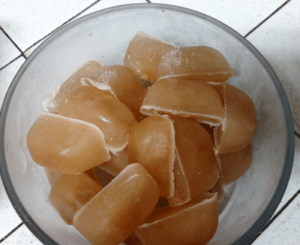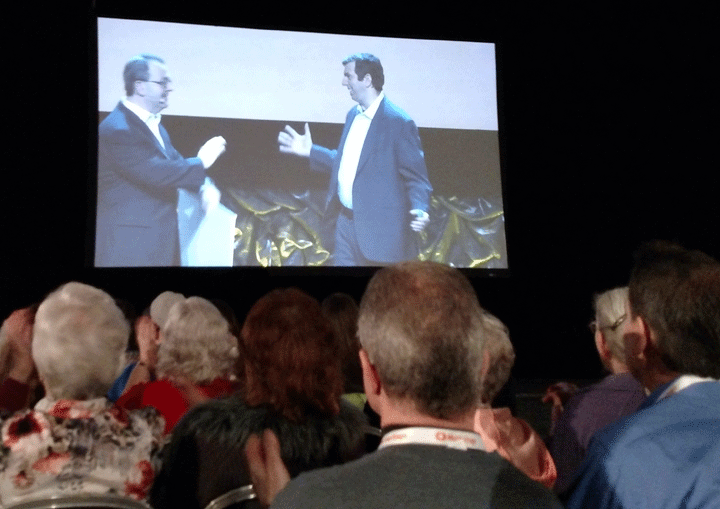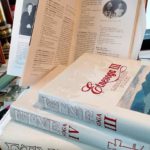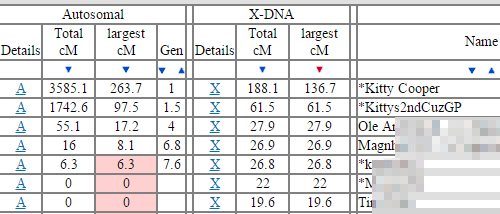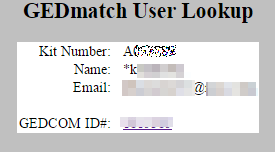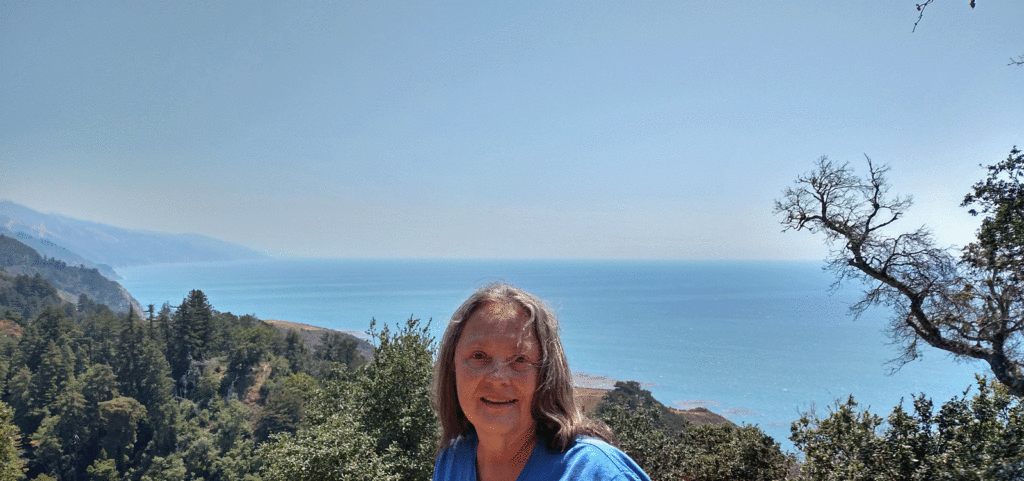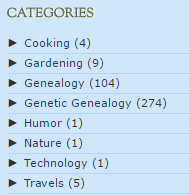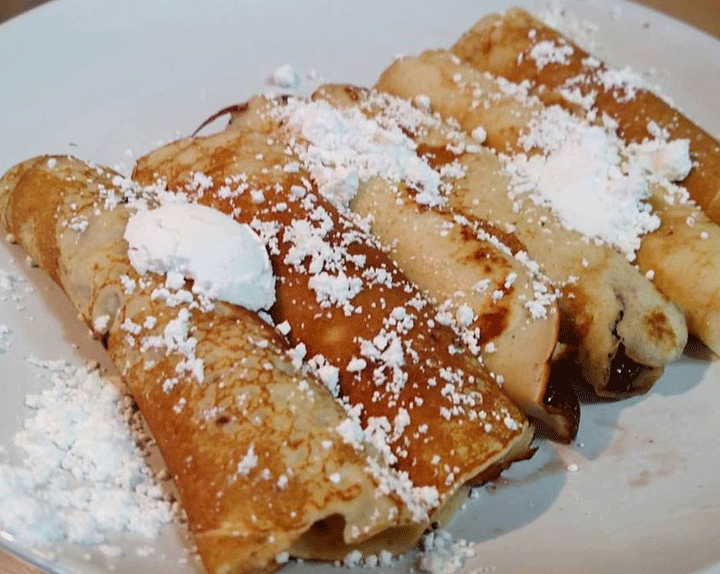So I have been fighting off a cold for weeks now and never seem to actually get rid of it. This has slowed down my blogging as well kept me from doing much of anything energetic.
Thus it seems appropriate to follow up on my new year’s resolution of occasionally writing a cooking or gardening post by sharing my chicken soup recipe. I made it again yesterday. This is the third time since the start of this cold!
I always make a lot so that I can freeze up two or three ice cube trays of the broth for use in cooking. The trays get emptied into baggies or my glass containers for the freezer as pictured on the left. I always use a cube or two or three for extra flavor when I cook various things on other days.
Click the continue reading for my recipe which cheats a little by using a rotisserie chicken (I prefer the rosemary-garlic or lemon-pepper ones)
